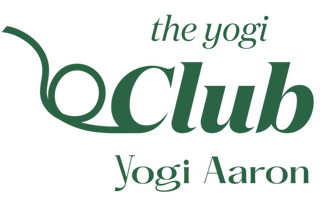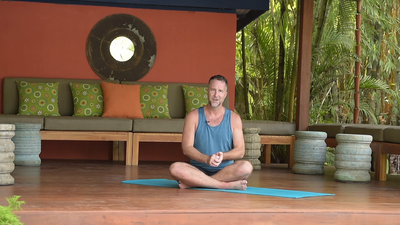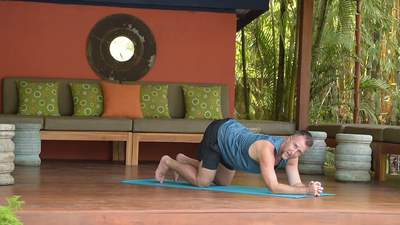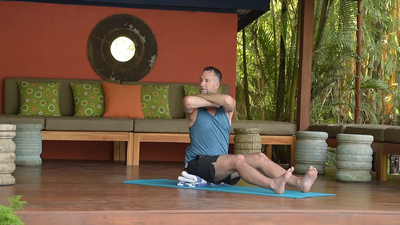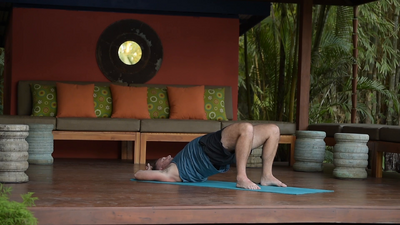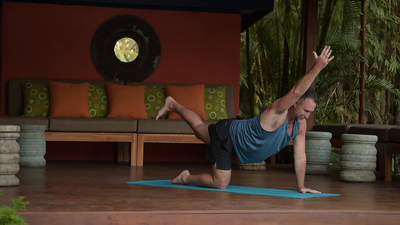7-Day Series: Become Pain-Free In Your Back
Access
Are you noticing some aches, pains, or tightness in your body? Are you aware of your range of motion? Your joint limitations? This 7-Day series will introduce the AYAMA™ and how to use muscle activation to remedy your back pain, strengthen your body's muscular system, and help to correct imbalances. But more, it will show you how to become pain-free.
At The Yogi Club, we believe in the power of pain-free living. Find your happy place with our curriculum, tailored to boost your strength, stability, and flexibility—all while alleviating pain! From quick AYAMA sessions to in-depth training, we offer something for everyone. Start your free 15-day trial of The Yogi Club today to experience the transformative benefits of Applied Yoga Anatomy + Muscle Activation™ (AYAMA).
